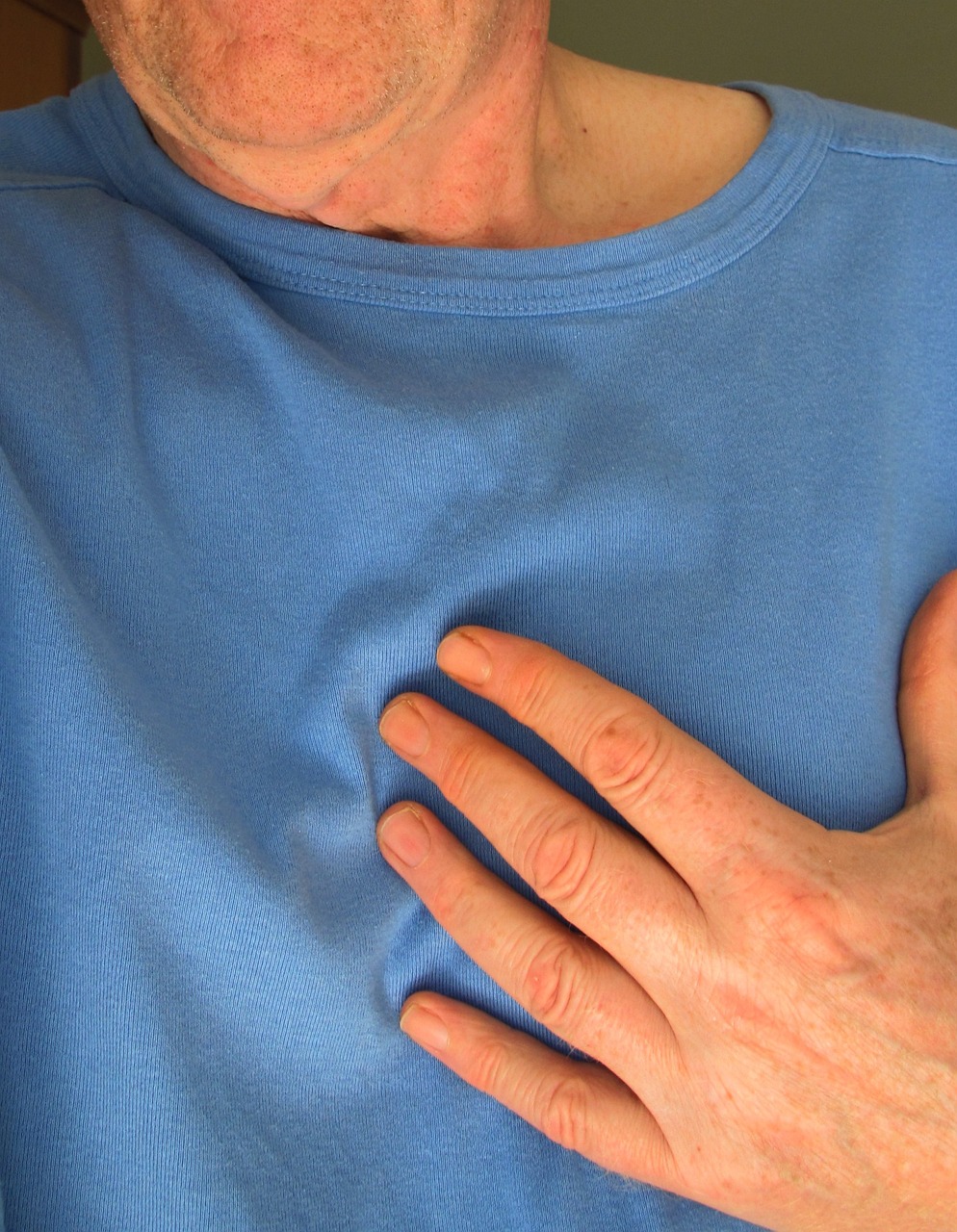

Heart arrhythmia vs dysrhythmia are terms that may often be used interchangeably to describe an irregular heartbeat. Both refer to abnormal rhythm of the heart. You might say the only difference between the two is spelling and pronunciation!
The two words developed because at one time doctors disagreed on the correctness of the terms. The prefix “a” means without or a lack of something. So, arrhythmia means literally “without rhythm.” Wheras “dys” implies something that is bad or abnormal; dysrhythmia means “bad rhythm.” But essentially they are the same health condition in practice.
If you experience an arrhythmia, the rhythm of your heartbeat may be too fast or too slow. A dysrhythmia may also present with the rate within a normal range but at an irregular pattern. Both conditions require treatment to prevent complications that can become severe if left untreated.
Let’s dig into the nuts and bolts of what deviations from a normal rhythm look like. We can point to signs and symptoms of irregular heartbeats. We’ll also explore potential causes and identify risk factors that may make these conditions more likely. And we’ll discuss diagnostic methods and available treatment options designed to restore a sinus rhythm.
There are many types of cardiac arrhythmias and they can be categorized based on what part of the heart is affected. The affect on the heart and the underlying cause are other factors that may influence what terminology is used to describe your specific condition.
Some conditions result in a heart rate that out of the norm. Certain health conditions could cause a slow, fast, or irregular beat.
Supraventricular arrhythmias are cardiac arrhythmias that start in the atria, or upper chambers of the heart.
Ventricular arrhythmias start in the lower chambers of your heart, or the ventricles. These types of cardiac dysrhythmia can be dangerous and often require immediate medical attention.
Irregular heartbeats can manifest in various ways, and recognizing these signs is the first step towards seeking appropriate medical care. However, be aware that sometimes arrhythmia symptoms may be completely absent. Regular checkups are an important factor in making sure your cardiac muscle is working like it should.
Common symptoms may include:
It’s essential to consult a healthcare professional if you experience any of these symptoms regardless of the intensity or frequency as these vary widely between people.
What is the underlying cause of a heart that doesn’t beat at the normal rate or pattern? Several factors can disrupt the heart’s normal rhythm, leading to arrhythmias or dysrhythmias.
Cardiologists often have a difficult task as the list of potential factors is quite large. The underlying issue that causes cardiac symptoms may stem from an electrical impulse imbalance, structural heart disease, or even inherited factors. Let’s examine some of the causes of cardiac dysrhythmias.
Understanding these causes helps in identifying potential triggers and managing the condition effectively. If you face any of these potential risk factors, talk with a medical professional about receiving a physical exam to see if you are at an increased risk of developing an arrhythmia.
Employing standard diagnostic methods are crucial for managing heart arrhythmias and dysrhythmias. Diagnostic methods typically involve a standard set of procedures and diagnostic tests:
These tools help healthcare providers accurately diagnose and tailor treatment plans.
Treatment for heart arrhythmias and dysrhythmias aims to restore normal heart rhythm and prevent complications. Consulting with a cardiologist is essential to determine the most appropriate treatment based on individual needs.
Antiarrhythmic drugs, beta-blockers, and calcium channel blockers are all specific types of medication that may be prescribed by your doctor to treat different conditions.
For many patients, the least invasive treatment is to change their daily routine in an attempt to resolve or lessen cardiac symptoms. Diet modifications, regular exercise, and avoiding triggers like caffeine and alcohol can all help improve cardiac arrhythmia in some instances. This may often be the first go-to for heart doctors.
Some conditions of the heart are more serious and require heart surgery or other medical procedures to correct.
When you or a loved one experience sudden cardiac symptoms like a racing heart or skipped heartbeats, it can be easy to fear the worst. The truth is that most heart conditions are treatable with the right care.
Understanding the differences and similarities between cardiac arrhythmia and dysrhythmia is vital for effective management. Recognizing symptoms, identifying causes, assessing risk factors, and utilizing appropriate diagnostic methods are key steps in the pathway of addressing these conditions.
With a range of treatment options available, individuals can work with their healthcare providers to manage their heart health and improve their quality of life. And remember, if you experience any symptoms of an irregular heartbeat, seek medical advice promptly to ensure timely and effective care.

0 comments